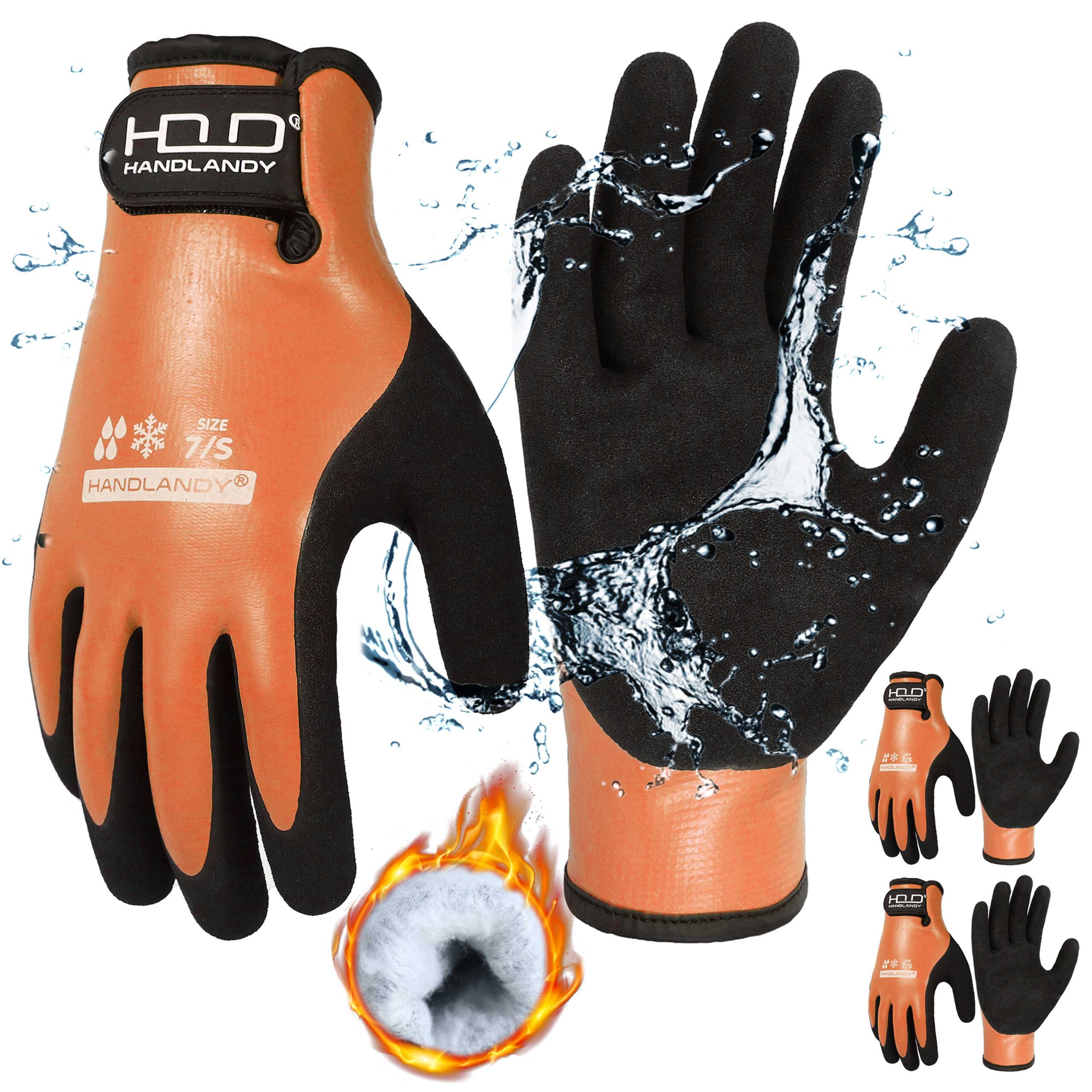Impact gloves are essential for protecting hands in high-risk environments. To ensure their effectiveness, they must meet specific safety standards. These standards provide clear benchmarks to evaluate the performance and durability of impact-resistant gloves.
What Are the Key Standards for Impact Gloves?
The two main standards for impact gloves are ANSI/ISEA 138-2019 and EN 388:2016. These standards define how gloves should perform under impact and mechanical risk testing.
1. ANSI/ISEA 138-2019 Standard
This American standard focuses on the glove’s ability to reduce impact forces on the knuckles and fingers.
Key Features:
- Performance Levels:
- Level 1: Transmitted force ≤ 9 kN
- Level 2: Transmitted force ≤ 6.5 kN
- Level 3: Transmitted force ≤ 4 kN
- Testing Methodology: Gloves are tested by dropping a mass onto the knuckles and fingers and measuring the force transmitted.
- Labeling: Gloves compliant with ANSI/ISEA 138 must display a pictogram and indicate the performance level. This helps users select gloves appropriate for their tasks.
2. EN 388:2016 Standard
This European standard evaluates gloves for mechanical risks, including cuts, abrasions, and impacts.
Key Features:
- Impact Testing: Focuses on the knuckle area to assess how much force is absorbed.
- Performance Criteria:
- Gloves pass if the transmitted force is ≤ 7 kN.
- Results are rated as pass/fail (no multiple levels like ANSI/ISEA 138).
- Labeling: Gloves indicate if they meet impact protection requirements.
Comparison of ANSI/ISEA 138-2019 and EN 388:2016
| Aspect | ANSI/ISEA 138-2019 | EN 388:2016 |
|---|---|---|
| Performance Levels | Levels 1–3 based on transmitted force | Pass/fail result |
| Tested Areas | Knuckles and fingers | Primarily knuckles |
| Labeling | Pictogram with performance level | Labeling only if impact tested |
Why Do These Standards Matter?
- Worker Safety: Standards ensure gloves can effectively absorb and disperse impact forces, reducing hand injuries.
- Ease of Selection: Clear performance ratings help users choose gloves suitable for their work environment.
- Regulatory Compliance: Meeting these standards ensures gloves comply with safety requirements in different regions.
How to Choose Gloves That Meet Standards
- Assess Risks: Identify the hazards in your workplace, such as falling objects or repetitive impacts.
- Match Standards: Select gloves based on the level of protection (e.g., Level 1, 2, or 3 for ANSI/ISEA 138).
- Check Fit and Comfort: Gloves must fit well to ensure protection without hindering movement.
Conclusion
Impact glove standards like ANSI/ISEA 138-2019 and EN 388:2016 ensure reliable protection against workplace hazards. By understanding these benchmarks, businesses can provide workers with gloves that meet safety requirements and enhance productivity. Always choose gloves tested and certified under these standards to prioritize safety and compliance.








